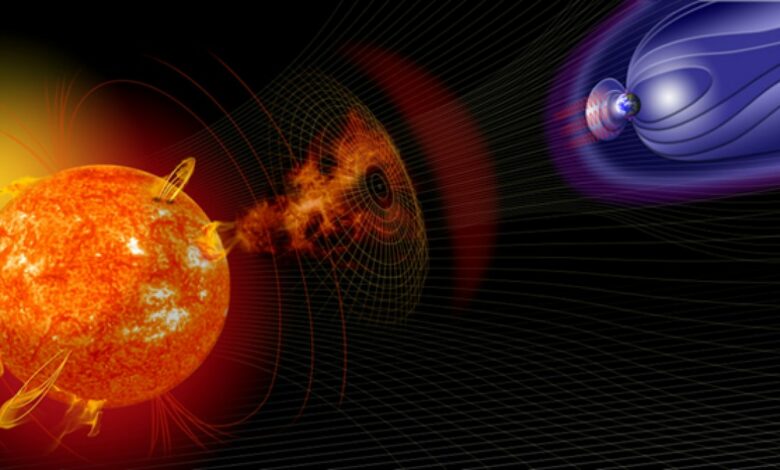NASA partners with Johns Hopkins for advanced space weather instruments

NASA has confirmed in a press release that a contract worth approximately $20.5 million (173.2 crore) has been awarded to the Applied Physics Laboratory (APL) of Johns Hopkins University in Maryland. The contract, issued on behalf of the National Oceanic and Atmospheric Administration (NOAA), includes the development of two Suprathermal Ion Sensor instruments for the Lagrange 1 Series project under NOAA’s Space Weather Next Program. The contract execution period is expected to last until January 31, 2034, according to the space agency.
Project objectives and responsibilities
The contract includes a wide range of responsibilities, such as designing, analyzing, fabricating, integrating and testing the suprathermal ion sensors, according to reports. The instruments are intended to support NOAA’s satellite operations by providing critical data for space weather forecasting. Post-launch operations and maintenance of ground support equipment are also part of the agreement.
The work will be performed at APL’s Maryland facility, NASA’s Goddard Space Flight Center in Greenbelt, Maryland, and the Kennedy Space Center in Florida.
Crucial role of suprathermal ion sensors
The instruments being developed are designed to monitor ions and electrons over an extended energy range. Sources have stated that this data will help NOAA’s Space Weather Prediction Center issue forecasts and warnings to mitigate the effects of space weather phenomena such as power outages and disruptions to communications and navigation systems.
The sensors will also help detect and analyze coronal mass ejections, co-rotating interaction regions and interplanetary shocks, which are vital for estimating the impact of solar wind shocks.
NOAA and NASA collaboration
The Lagrange 1 Series project is jointly overseen by NOAA and NASA, with NOAA managing the program, funding and distribution of data products. NASA, together with its commercial partners, is charged with developing and launching instruments and spacecraft. This collaboration aims to strengthen early warning systems and improve space weather forecasting capabilities.
This development is seen as an important step forward in advancing the tools needed to effectively understand and respond to space weather events.




